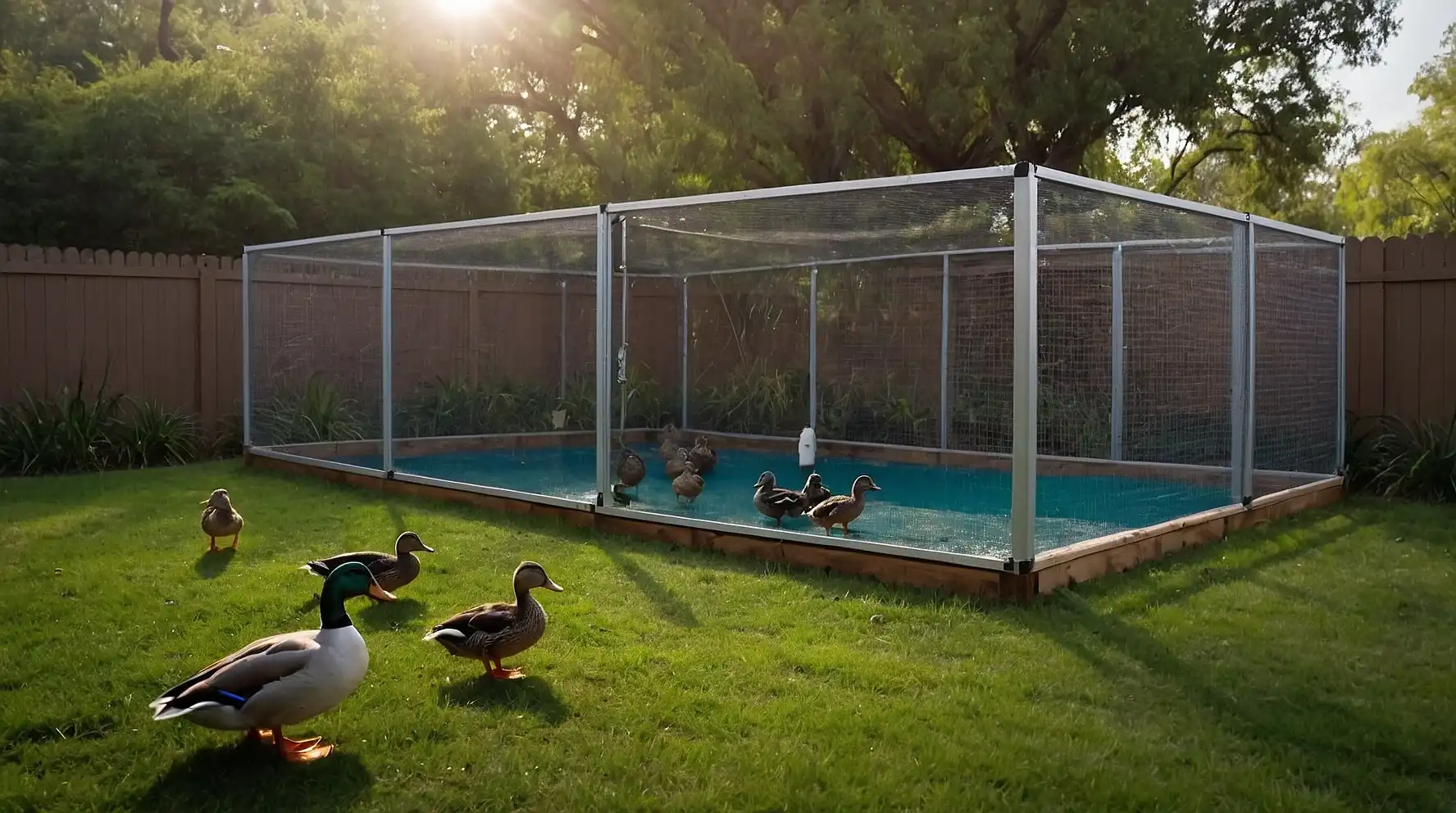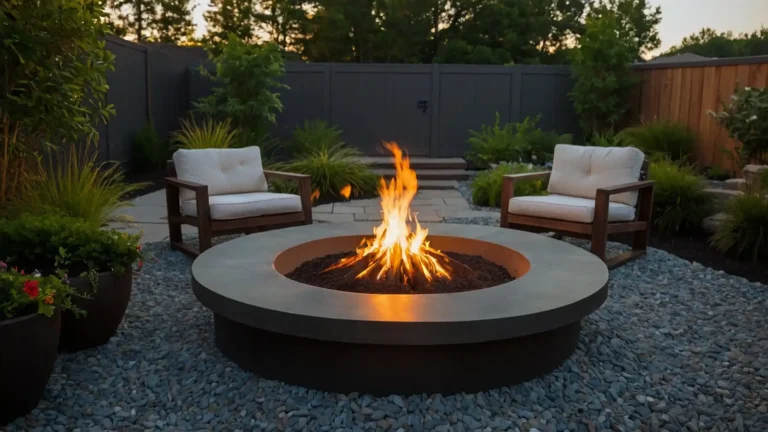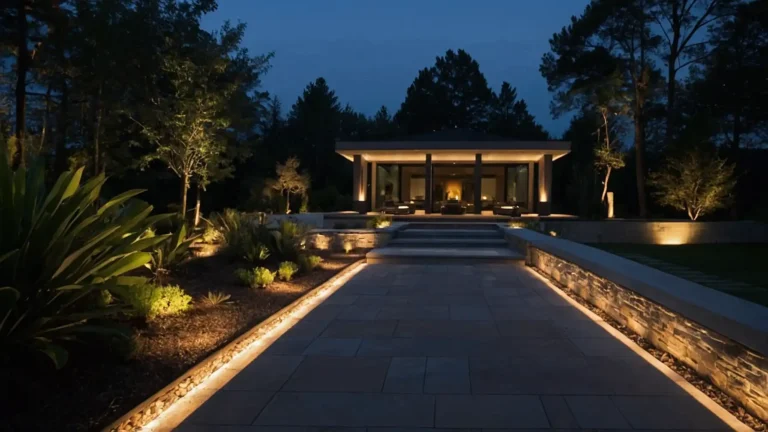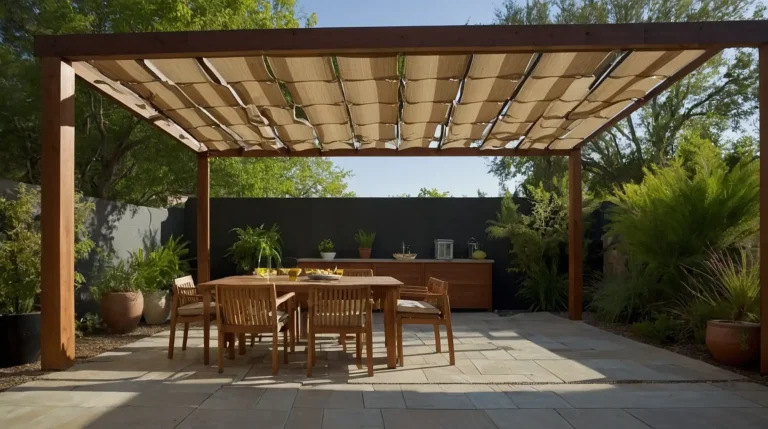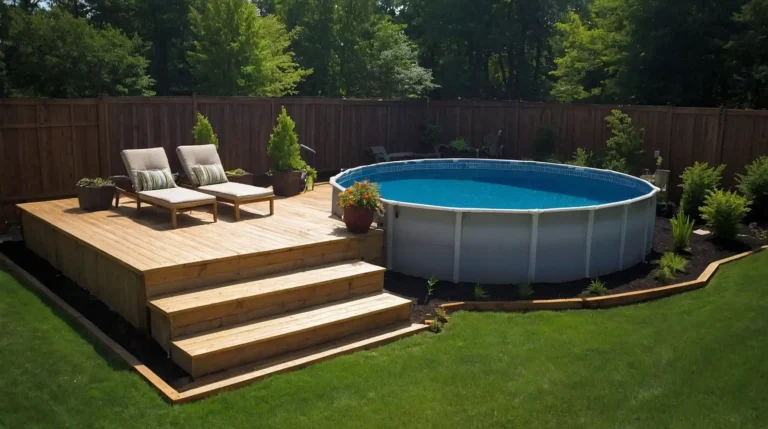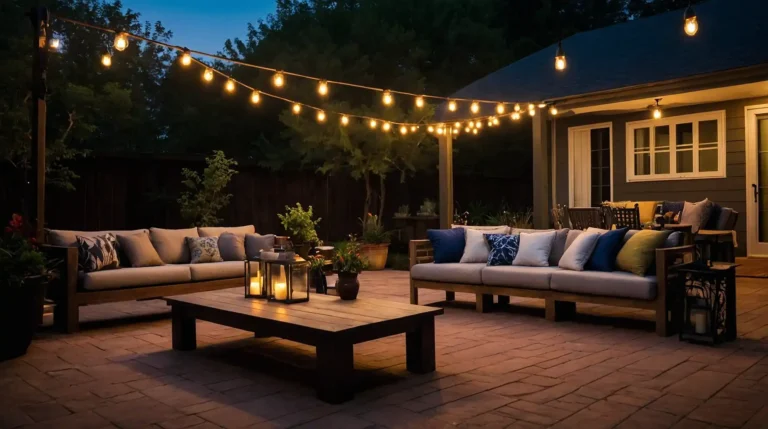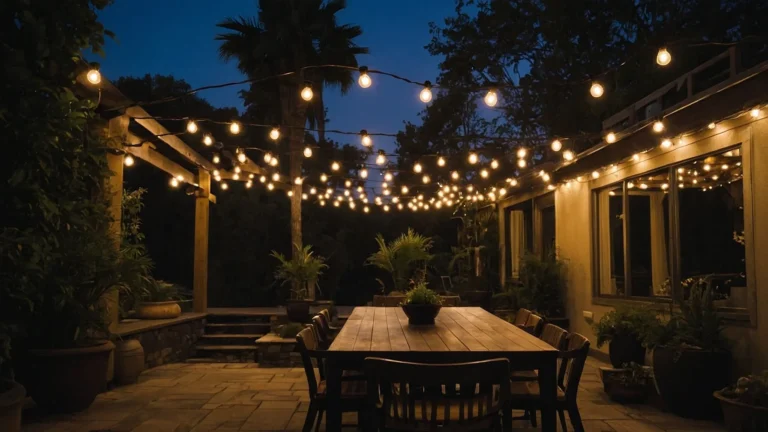27 Best DIY Duck Enclosure Ideas
Build the perfect home for your feathered friends with these creative DIY duck enclosure designs.
A well-planned enclosure keeps ducks safe, healthy, and happy year-round. You’ll save money while creating custom spaces that meet your flock’s specific needs.
Smart design combines predator protection, weather shelter, and easy maintenance for successful duck keeping.
These proven ideas help you construct functional, attractive duck housing regardless of your budget, space constraints, or building experience level.
1: A-Frame Coop Design
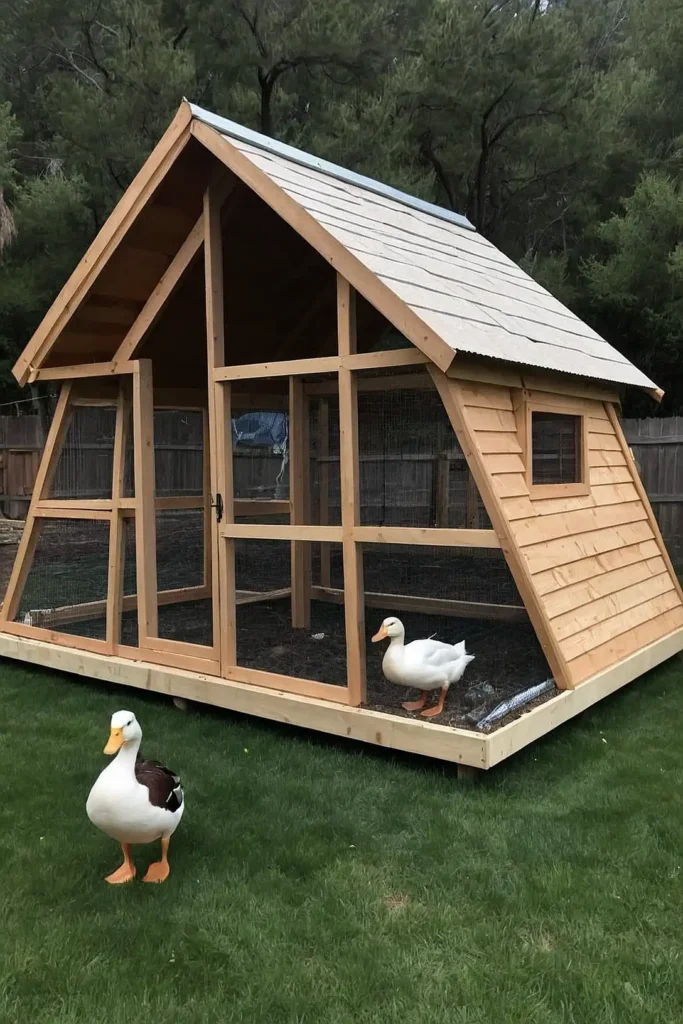
Build a triangular A-frame structure using plywood and 2×4 lumber for a simple, weather-resistant duck shelter that sheds rain efficiently.
The slanted design prevents snow accumulation while providing excellent ventilation.
You’ll create a classic coop style that’s beginner-friendly and cost-effective. Add hinged doors on both ends for easy access and cleaning convenience.
2: Converted Shed Enclosure
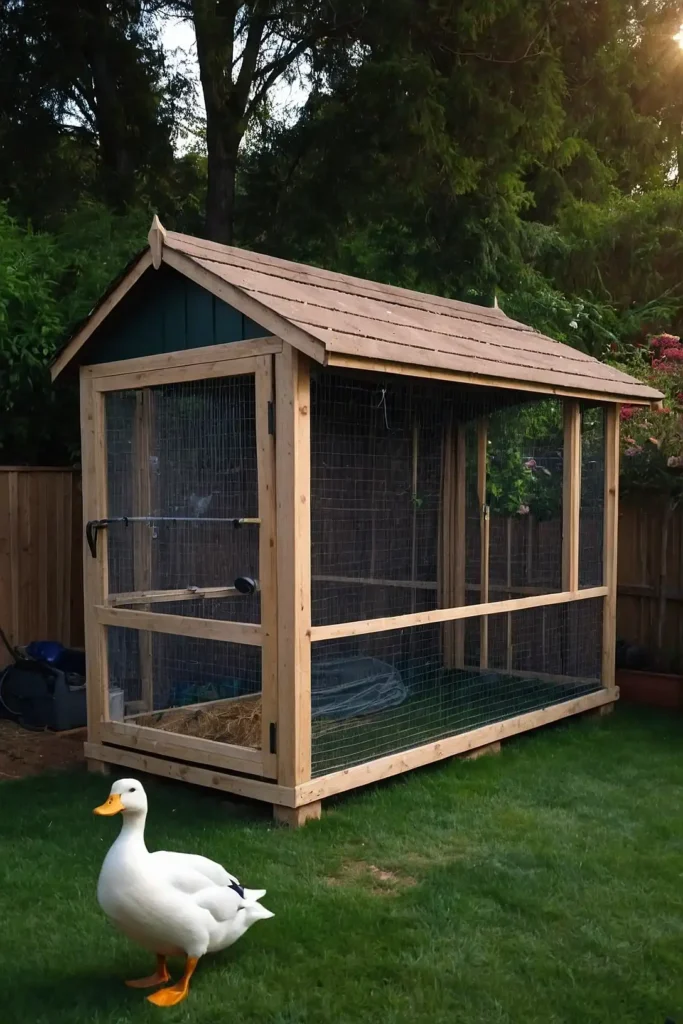
Transform an existing garden shed into spacious duck housing by adding ventilation, predator-proof wire, and appropriate flooring materials.
The ready-made structure saves construction time while providing ample space for larger flocks. You’ll maximize existing buildings rather than starting from scratch.
Install proper drainage and easy-clean flooring for optimal hygiene and maintenance efficiency.
3: PVC Pipe Framework
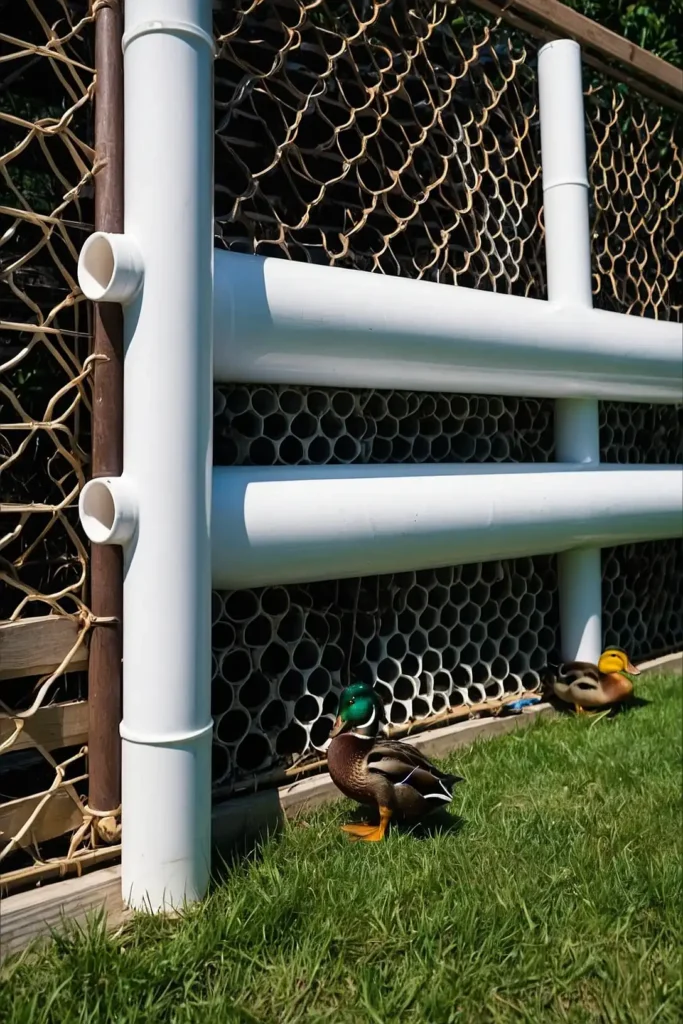
Create lightweight, portable duck enclosures using PVC pipes connected with joints and covered with hardware cloth or wire mesh.
The modular approach allows easy reconfiguration and relocation as needed throughout seasons. You’ll build expandable systems that adapt to changing flock sizes.
Use UV-resistant PVC to prevent degradation from sun exposure over time.
4: Hoop House Style Run
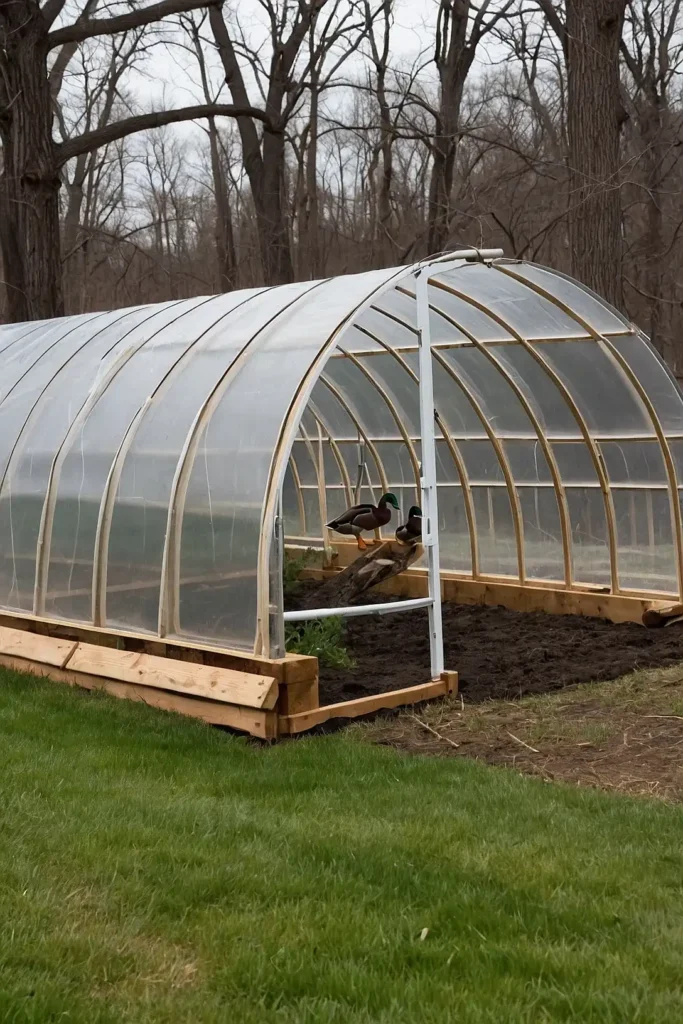
Construct curved enclosures using cattle panels or wire mesh bent into tunnel shapes for spacious, predator-proof outdoor runs.
The arched design provides maximum interior space while using minimal materials efficiently. You’ll create weather-resistant runs that protect from aerial predators.
Cover with tarps during harsh weather for additional protection and comfort.
5: Raised Platform Coop
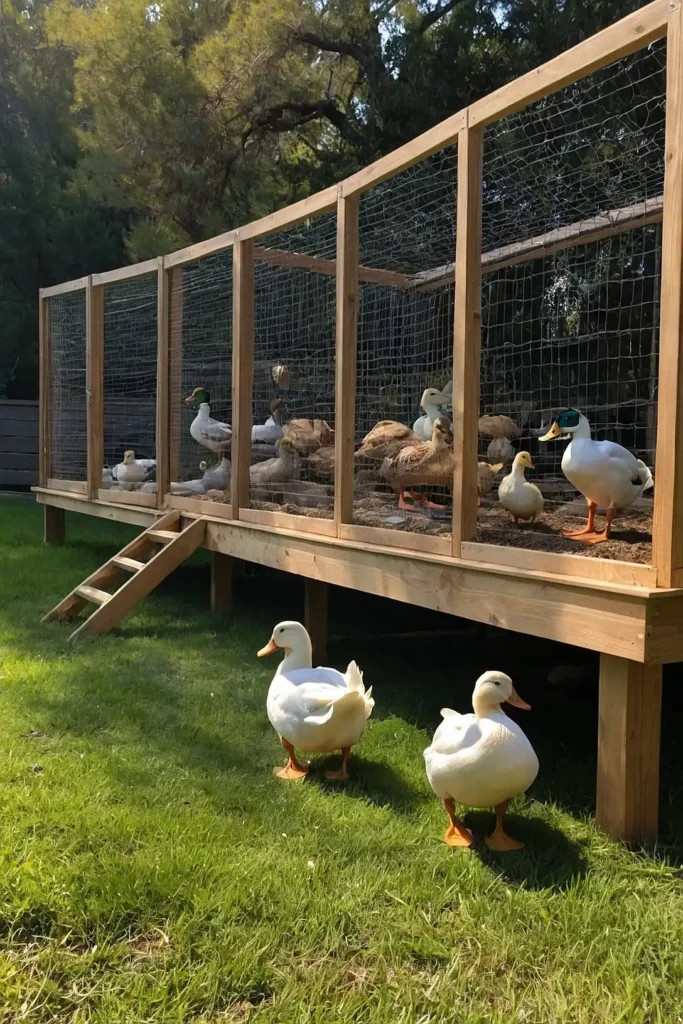
Build elevated duck houses on stilts or posts to improve drainage, prevent flooding, and deter ground predators effectively.
The elevated design keeps ducks dry during wet weather while providing underneath storage space.
You’ll solve drainage problems while improving security. Include ramps with non-slip surfaces for safe access to elevated entrances.
6: Recycled Pallet Construction
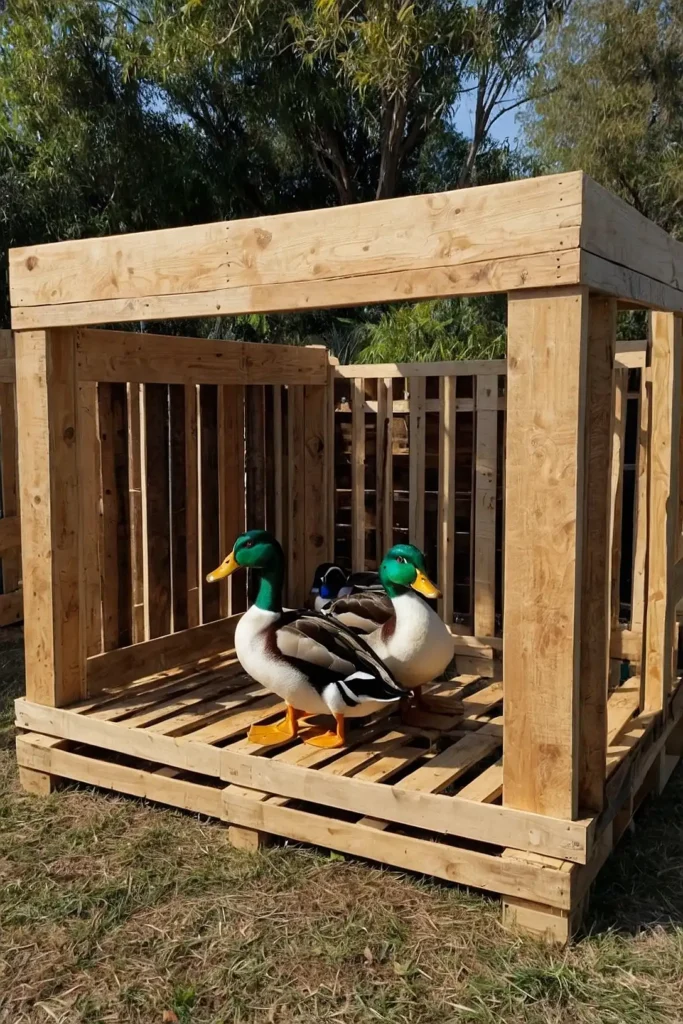
Use free wooden pallets to construct duck enclosures by dismantling and reassembling boards into custom configurations.
The sustainable approach reduces costs while recycling materials that might otherwise become waste. You’ll create sturdy structures using readily available resources.
Sand rough edges and remove protruding nails for safety during construction and use.
7: Chain Link Modification
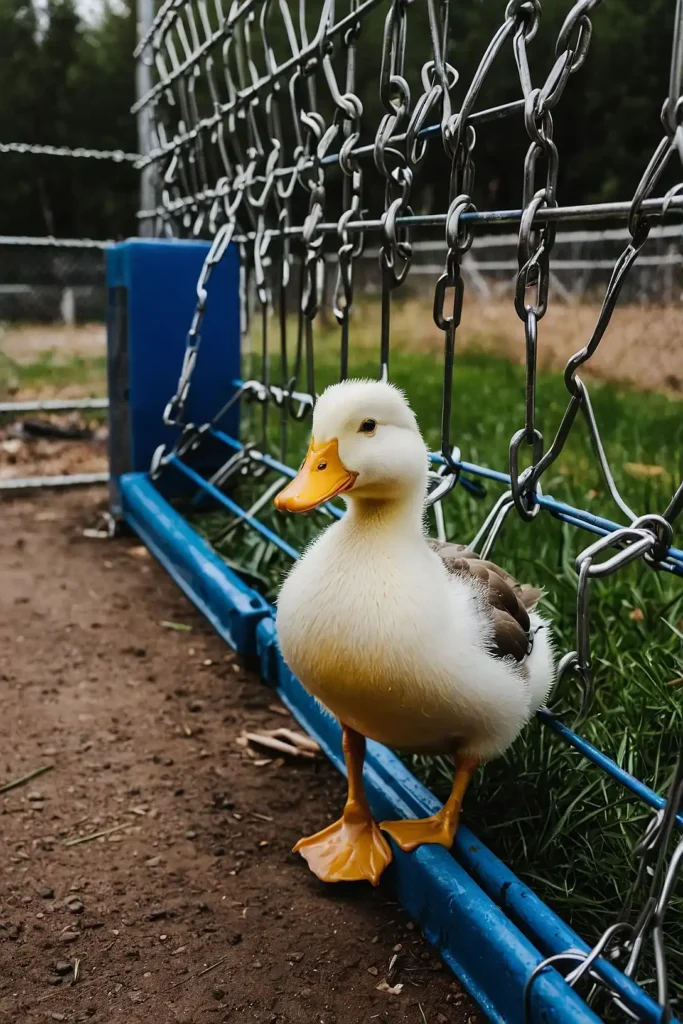
Adapt existing chain link fencing into duck enclosures by adding roofing materials and smaller mesh to prevent escapes.
The strong framework provides excellent predator protection while utilizing existing fence infrastructure. You’ll convert yards into secure duck areas efficiently.
Add privacy screens for wind protection and visual barriers from disturbances.
8: Greenhouse Conversion
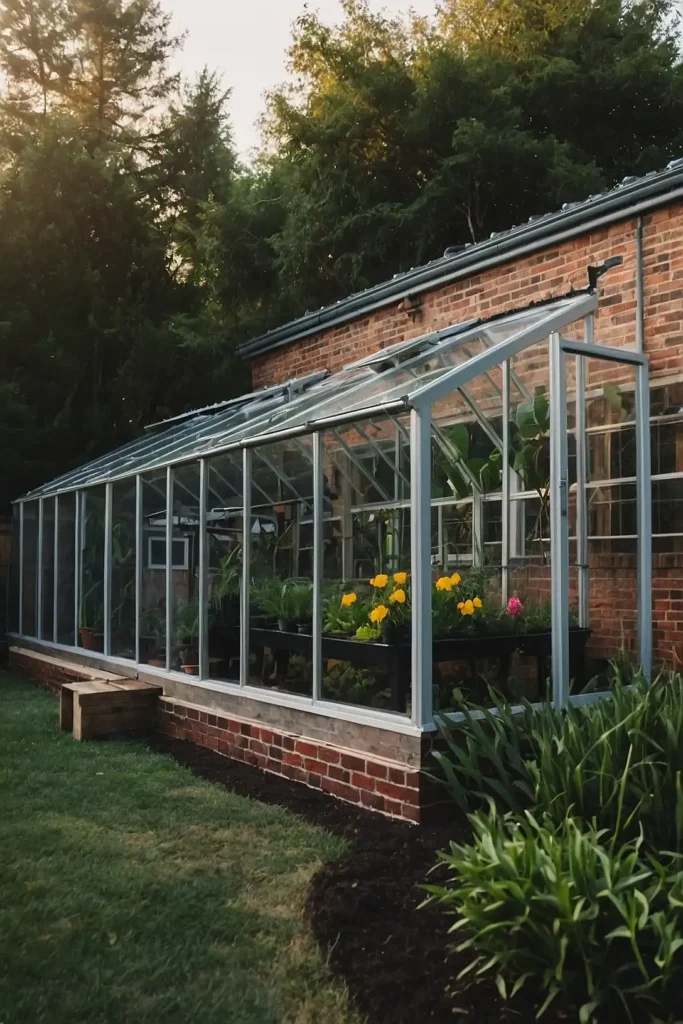
Transform old greenhouse frames into duck enclosures by replacing glass with hardware cloth and adding appropriate flooring.
The transparent structure provides natural lighting while protecting from weather and predators. You’ll create bright, airy environments for duck comfort.
Ensure adequate ventilation to prevent overheating during warm weather periods and seasons.
9: Shipping Container Adaptation
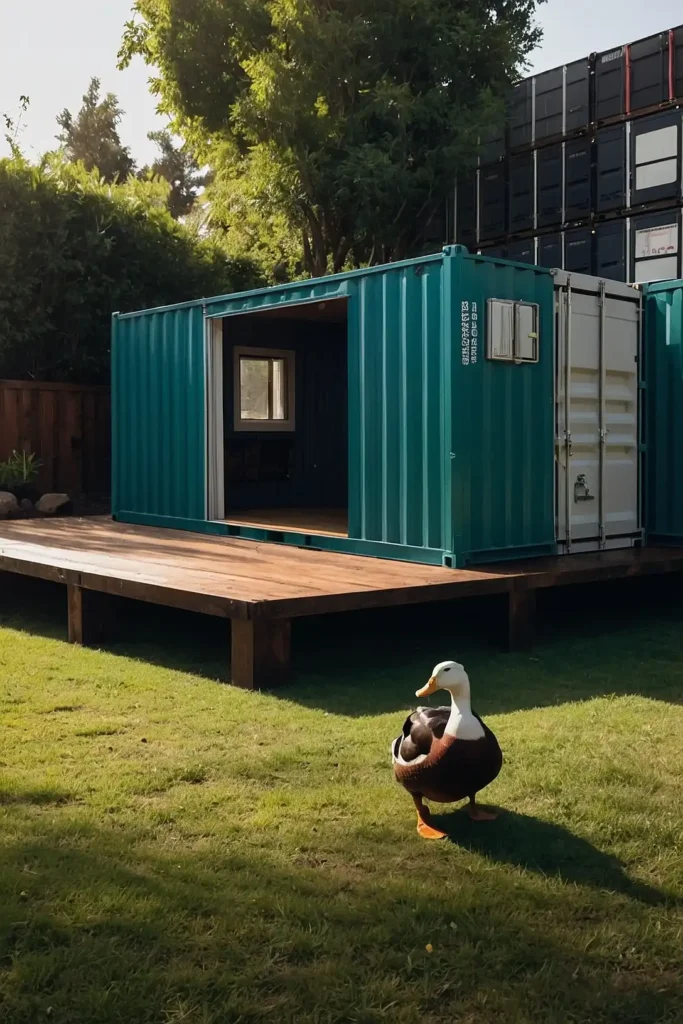
Convert shipping containers into spacious duck housing by cutting openings and adding ventilation, windows, and access doors.
The steel construction provides ultimate predator protection while offering substantial interior space. You’ll create fortress-like security for valuable breeding flocks.
Insulate walls for temperature control and add proper ventilation systems for air quality.
10: Chicken Tractor Modification
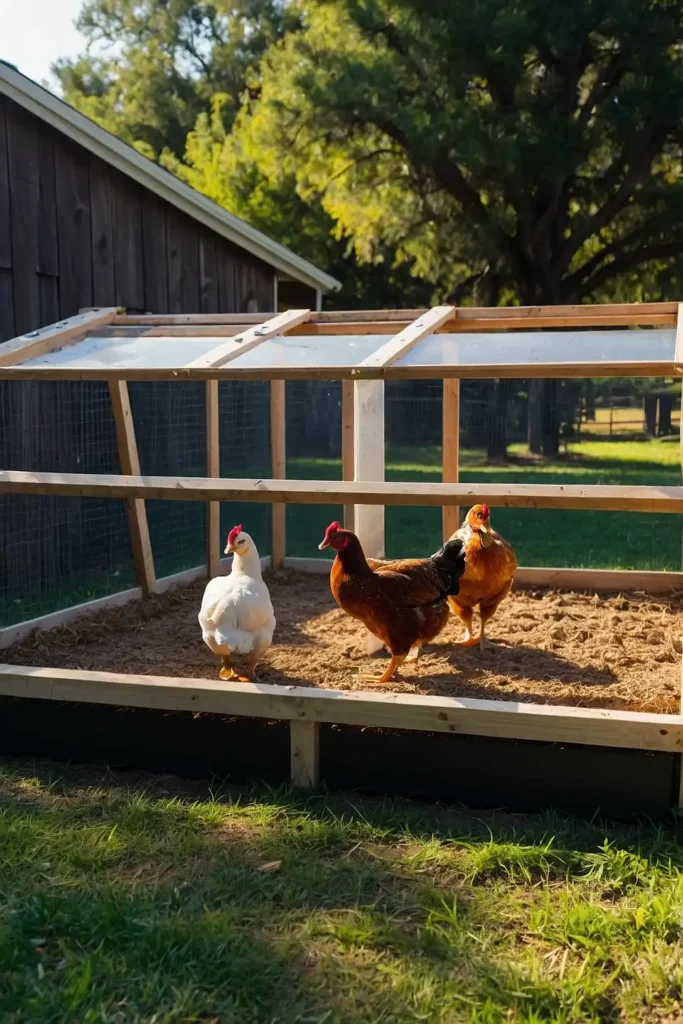
Adapt chicken tractor designs for ducks by enlarging dimensions and adding water features appropriate for waterfowl needs.
The mobile approach allows pasture rotation while protecting ducks from predators and harsh weather. You’ll provide fresh grazing while maintaining flock safety.
Include wheels or skids for easy movement across different yard and pasture areas.
11: Hardware Cloth Fortress
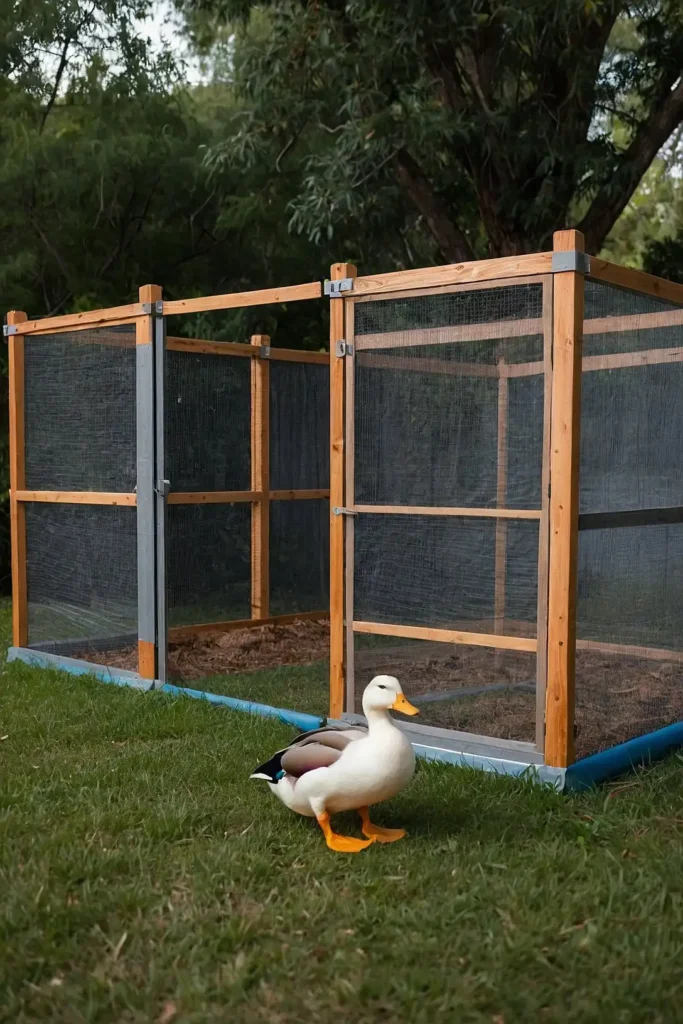
Build maximum-security enclosures using heavy-gauge hardware cloth buried underground and extending overhead for complete predator exclusion.
The fortress approach protects valuable breeding stock from persistent predator pressure in high-risk areas. You’ll achieve peace of mind for flock safety.
Use 1/2-inch mesh or smaller to prevent entry by snakes and small predators.
12: Three-Season Shelter
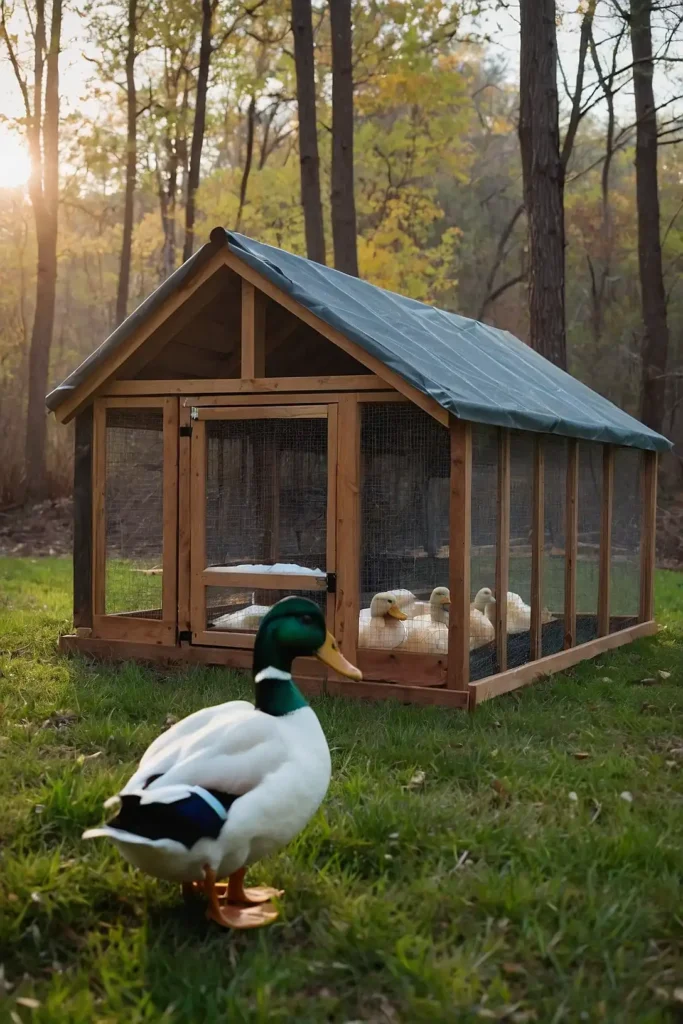
Design enclosures with removable panels that adapt from open summer runs to enclosed winter shelters seasonally.
The versatile approach provides year-round comfort while accommodating climate changes efficiently. You’ll create adaptive housing that responds to weather needs.
Use clear panels for winter light while maintaining protection from wind and precipitation.
13: Duck Pond Integration
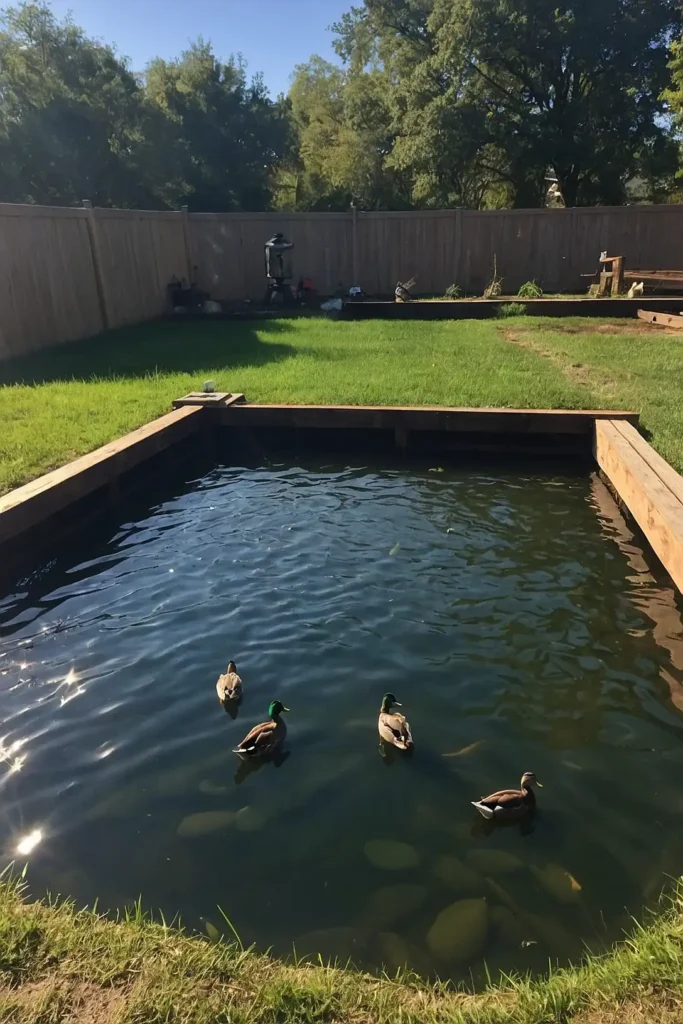
Build enclosures around existing ponds or water features to create natural swimming and drinking environments.
The water-centric design meets ducks’ natural behavior needs while providing convenient access to essential resources. You’ll satisfy waterfowl instincts effectively.
Include easy drainage and refilling systems for water quality maintenance and cleanliness.
14: Modular Panel System
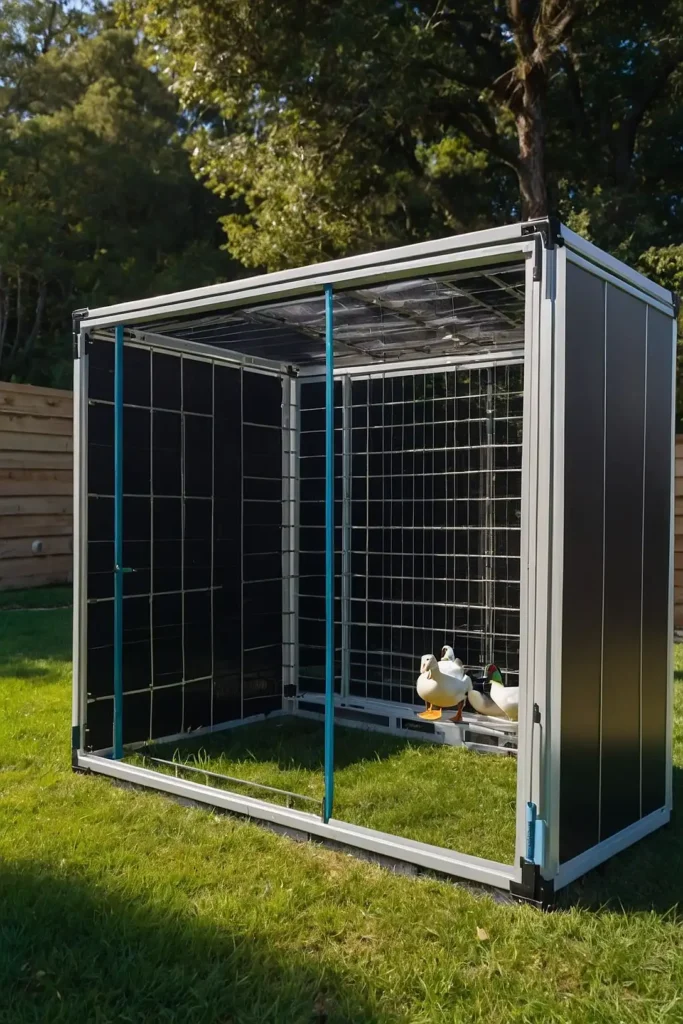
Construct interlocking panels that connect and disconnect easily for flexible enclosure configurations and seasonal storage.
The adaptable approach allows expansion, reconfiguration, and convenient storage when not needed. You’ll create versatile systems that evolve with changing needs.
Standardize panel dimensions for maximum interchangeability and long-term usefulness throughout different seasons.
15: Underground Bunker Style
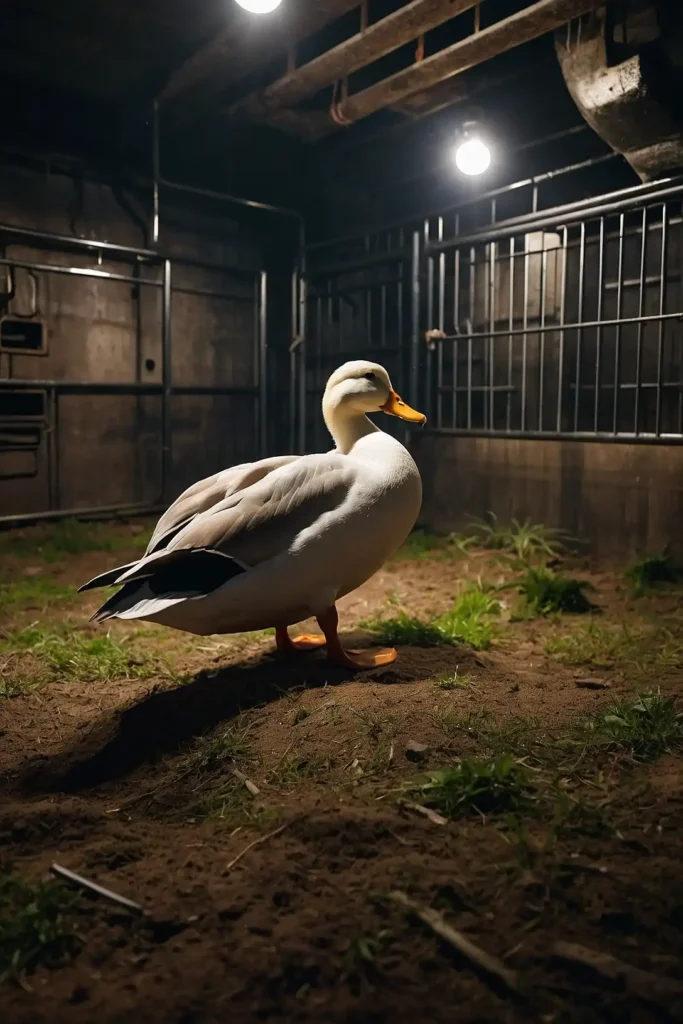
Excavate partially underground enclosures that provide natural insulation and protection from extreme weather conditions.
The earth-sheltered design maintains stable temperatures while reducing heating and cooling costs. You’ll create energy-efficient housing for harsh climates.
Ensure proper drainage and waterproofing to prevent flooding and moisture problems.
16: Lean-To Addition
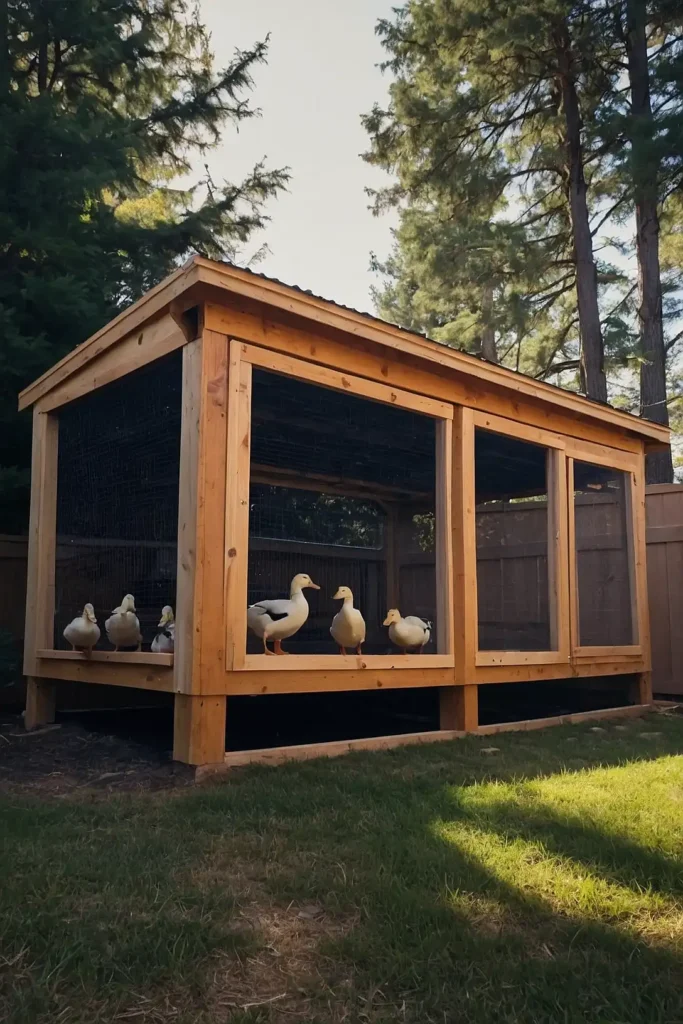
Attach duck enclosures to existing buildings using lean-to construction for shared walls and simplified building requirements.
The attached approach reduces materials and construction time while providing convenient access from main buildings. You’ll maximize existing infrastructure efficiently.
Match roofing materials and styles for attractive integration with existing architectural elements.
17: Geodesic Dome Design
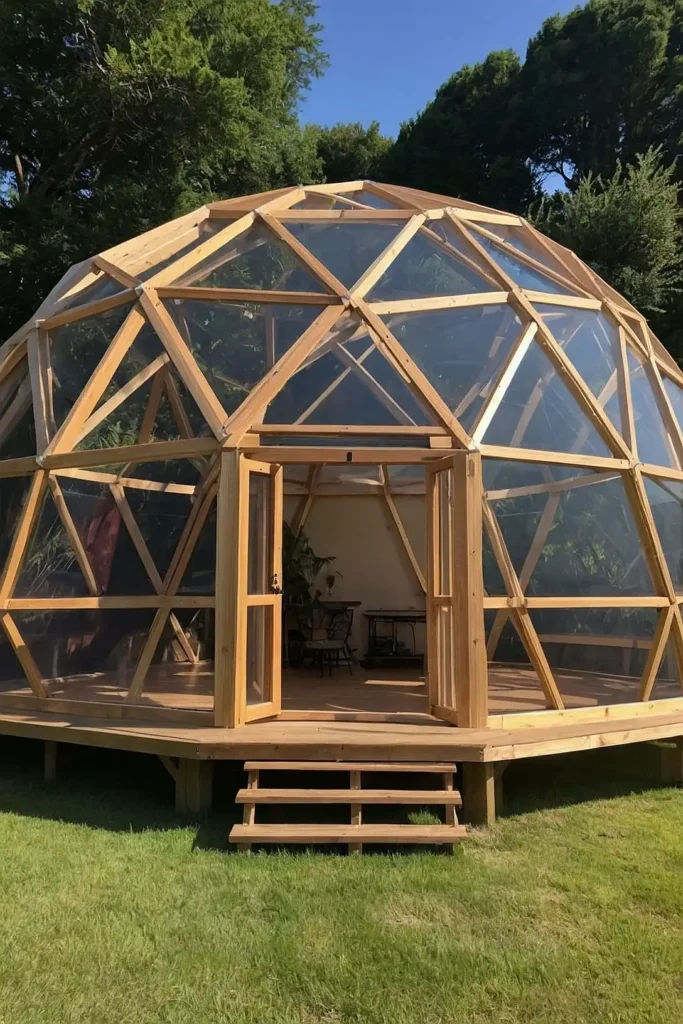
Build dome-shaped enclosures using triangular panels for maximum interior space with minimal material usage and wind resistance.
The geometric design provides excellent structural strength while creating unique, eye-catching duck housing. You’ll construct mathematically efficient shelters.
Use lightweight materials for easier assembly and reduced foundation requirements.
18: Recycled Window Greenhouse
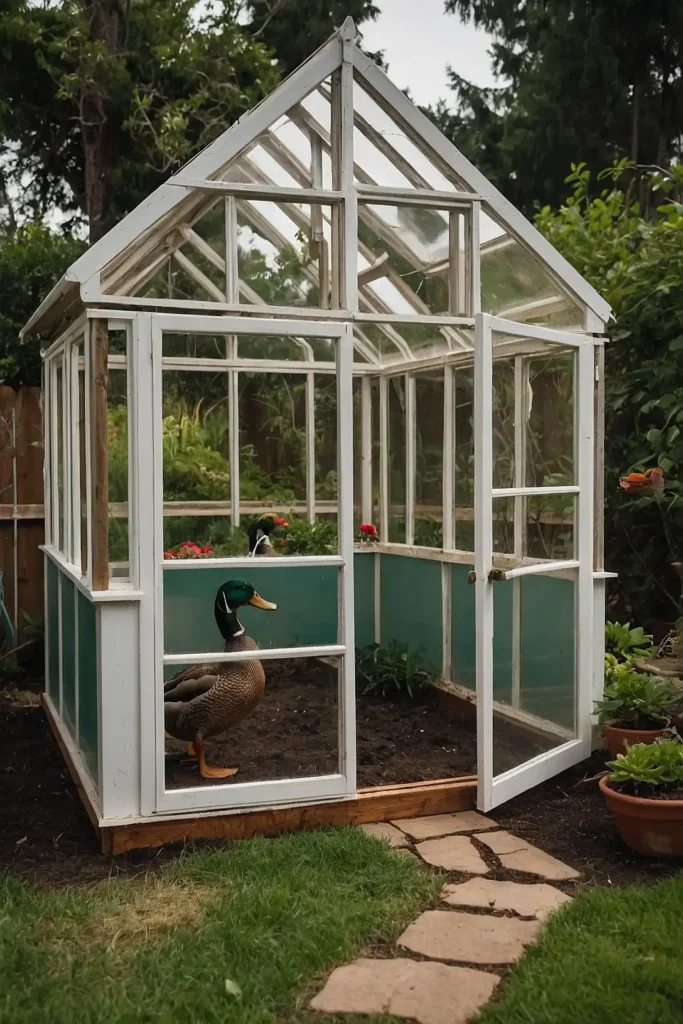
Construct duck enclosures using salvaged windows and doors for natural lighting and ventilation in cold-climate housing.
The transparent approach provides solar heat gain while protecting from wind and precipitation. You’ll create bright, warm environments using recycled materials.
Ensure adequate ventilation to prevent overheating and maintain healthy air quality conditions.
19: Bamboo Framework Construction
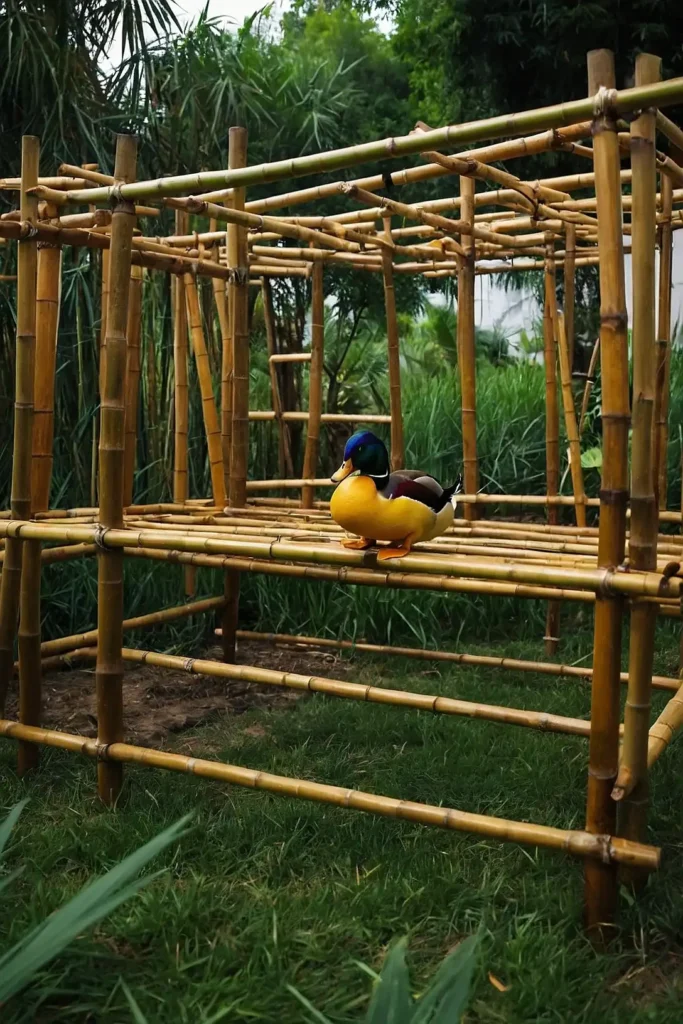
Use bamboo poles and natural lashing techniques to create environmentally sustainable duck enclosures with tropical appeal.
The renewable material provides adequate strength while offering unique aesthetic appeal for garden settings. You’ll build with minimal environmental impact.
Treat bamboo properly to prevent insect damage and extend structural lifespan significantly.
20: Electric Fence Perimeter
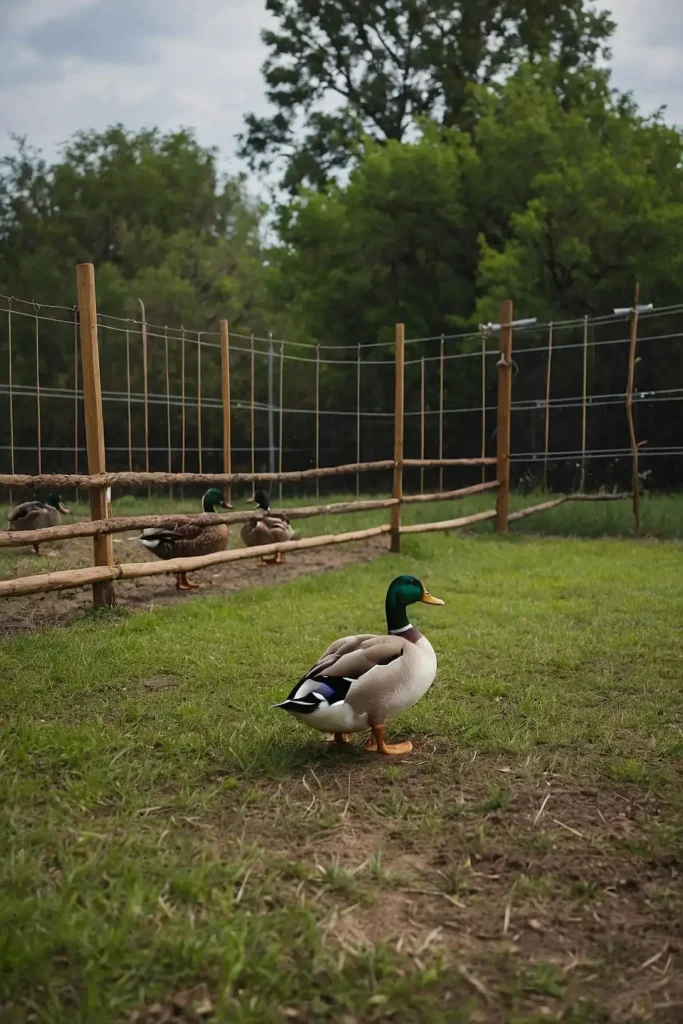
Combine traditional enclosures with electric fence perimeters for enhanced predator deterrence and expanded ranging areas.
The dual-protection approach allows larger ranging areas while maintaining security from persistent predator threats. You’ll expand territory safely.
Use duck-appropriate voltage settings and proper grounding for effective operation and safety.
21: Concrete Block Foundation
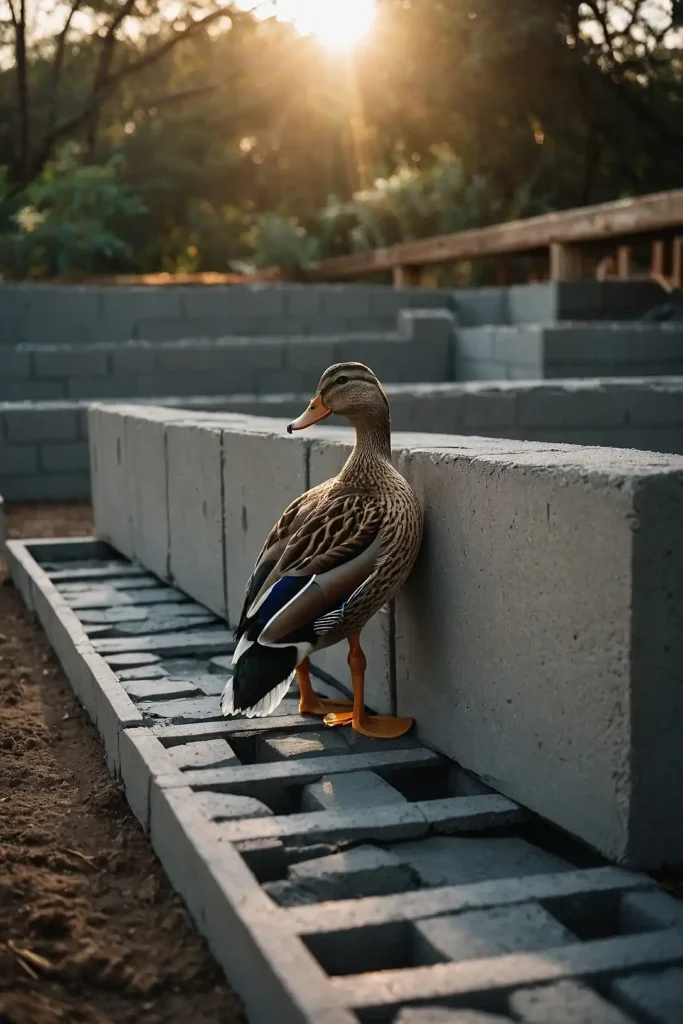
Build permanent duck housing using concrete blocks for foundations with wood or metal framework above ground level.
The solid approach provides excellent predator exclusion while creating level, stable foundations for long-term structures. You’ll build lasting installations.
Include drainage channels and proper footing depth for frost protection and stability.
22: Portable Pen Systems
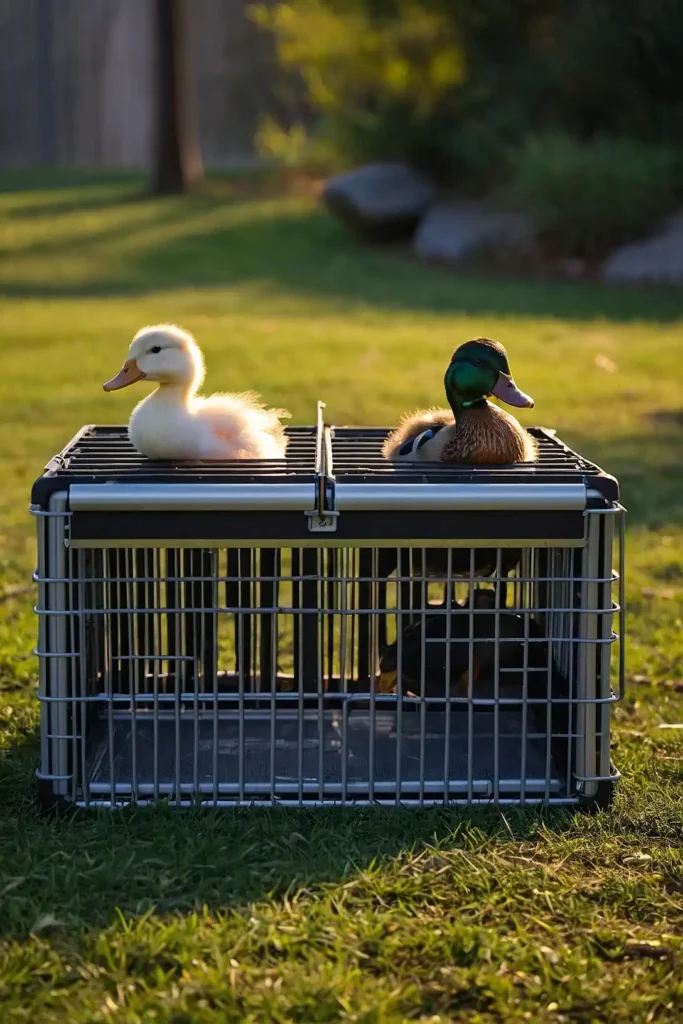
Create lightweight, moveable enclosures that relocate easily for pasture rotation and lawn maintenance while protecting ducks.
The mobile approach prevents overgrazing while providing fresh foraging opportunities and yard cleanup services. You’ll maintain healthy pastures.
Include wheels, handles, or skids for convenient movement by single person operation.
23: Multi-Level Roost Design

Build vertical enclosures with multiple levels for roosting, nesting, and feeding to maximize space usage efficiently.
The tiered approach accommodates more ducks in limited areas while providing varied environments for different activities. You’ll optimize small spaces.
Include sturdy ramps and platforms sized appropriately for duck proportions and comfort.
24: Wind-Resistant Construction
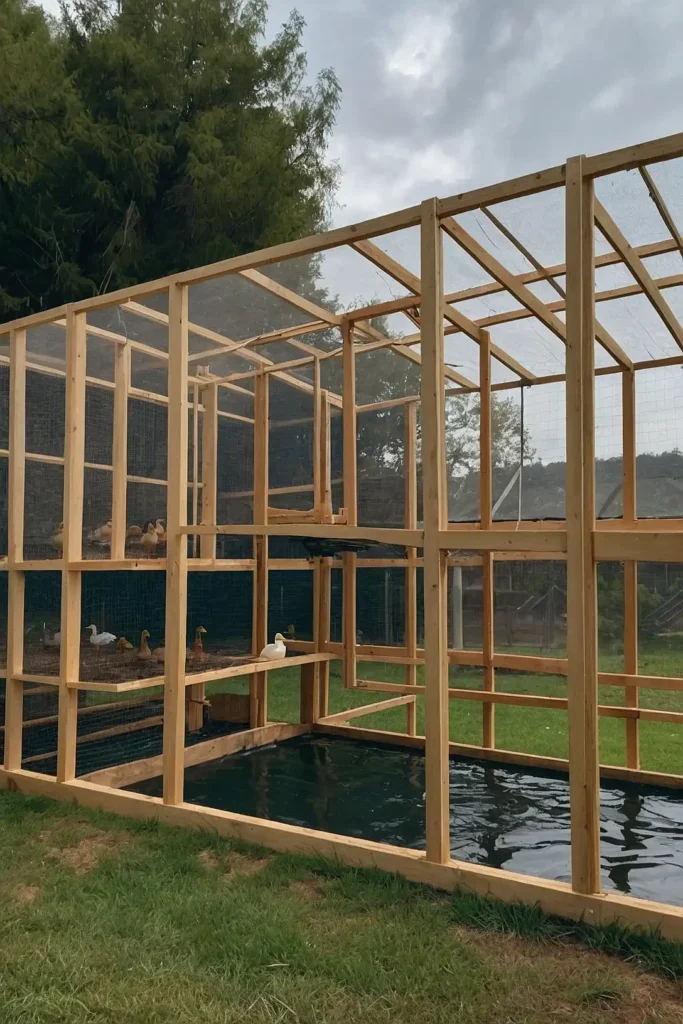
Design enclosures specifically for high-wind areas using reinforced framing, aerodynamic shapes, and secure anchoring systems.
The storm-proof approach protects flocks during severe weather while maintaining structural integrity year-round. You’ll build for challenging climate conditions.
Use metal roofing and structural connections rated for local wind load requirements.
25: Predator Tunnel Defense
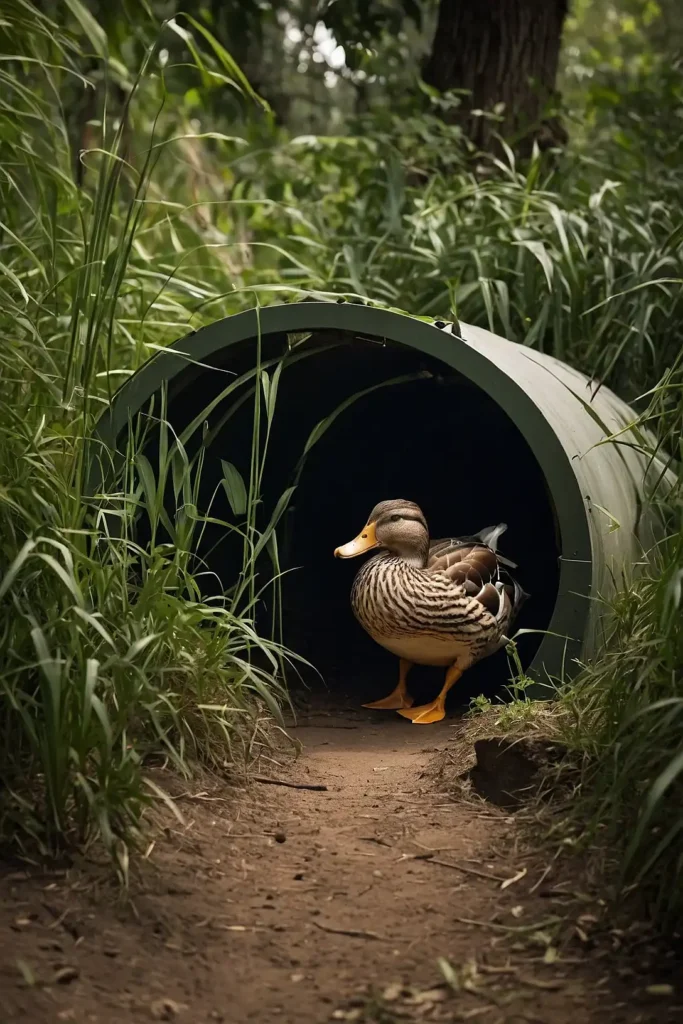
Install underground barriers and tunnels that prevent digging predators from accessing duck enclosures from below ground.
The comprehensive approach addresses all predator entry points including underground access routes. You’ll achieve complete perimeter security.
Extend barriers 18-24 inches deep and outward from enclosure walls for effectiveness.
26: Solar-Powered Features
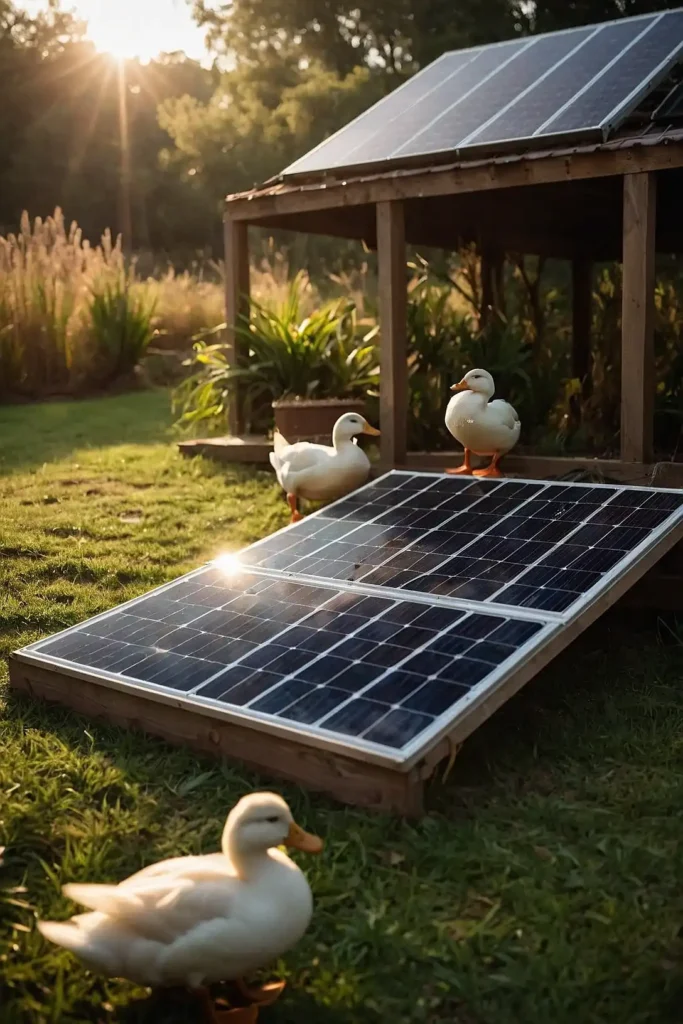
Integrate solar panels to power automatic door openers, lighting, water heaters, and ventilation fans for modern convenience.
The renewable approach provides off-grid functionality while reducing operating costs and environmental impact. You’ll automate essential systems sustainably.
Include battery backup systems for reliable operation during cloudy periods and emergencies.
27: All-Weather Feeding Station
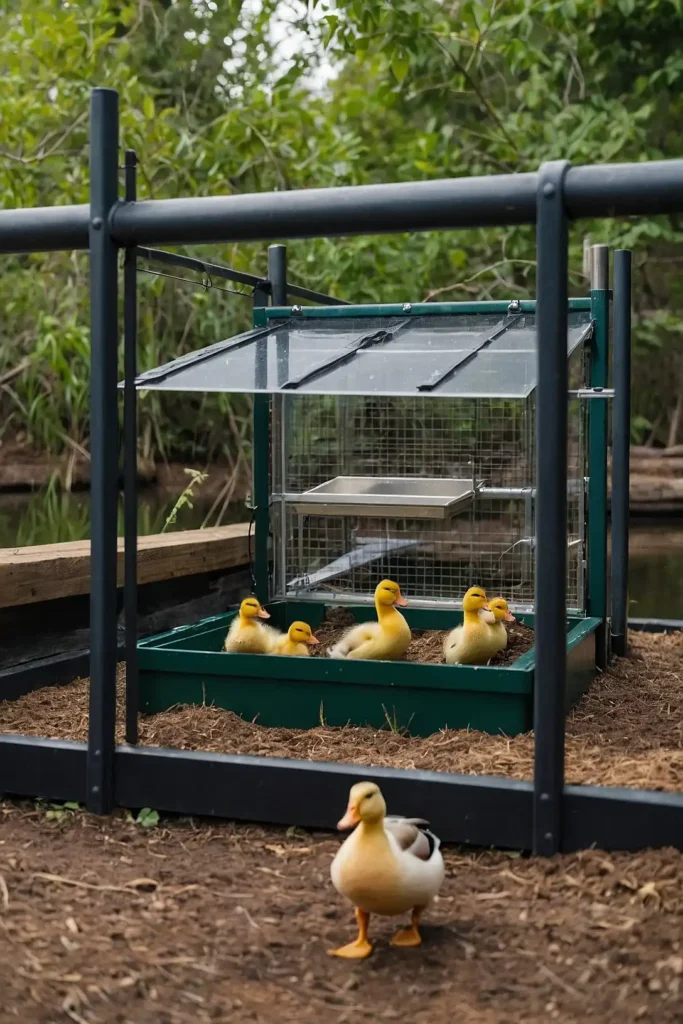
Design covered feeding areas within enclosures that protect food from weather while providing easy access for daily maintenance.
The sheltered approach keeps feed dry and fresh while reducing waste and attracting fewer pests. You’ll maintain nutrition quality efficiently.
Include storage for feed and supplies with rodent-proof containers and convenient access doors.
Conclusion
Build safe, comfortable duck housing that protects your flock while meeting their natural needs through thoughtful design and quality construction.

